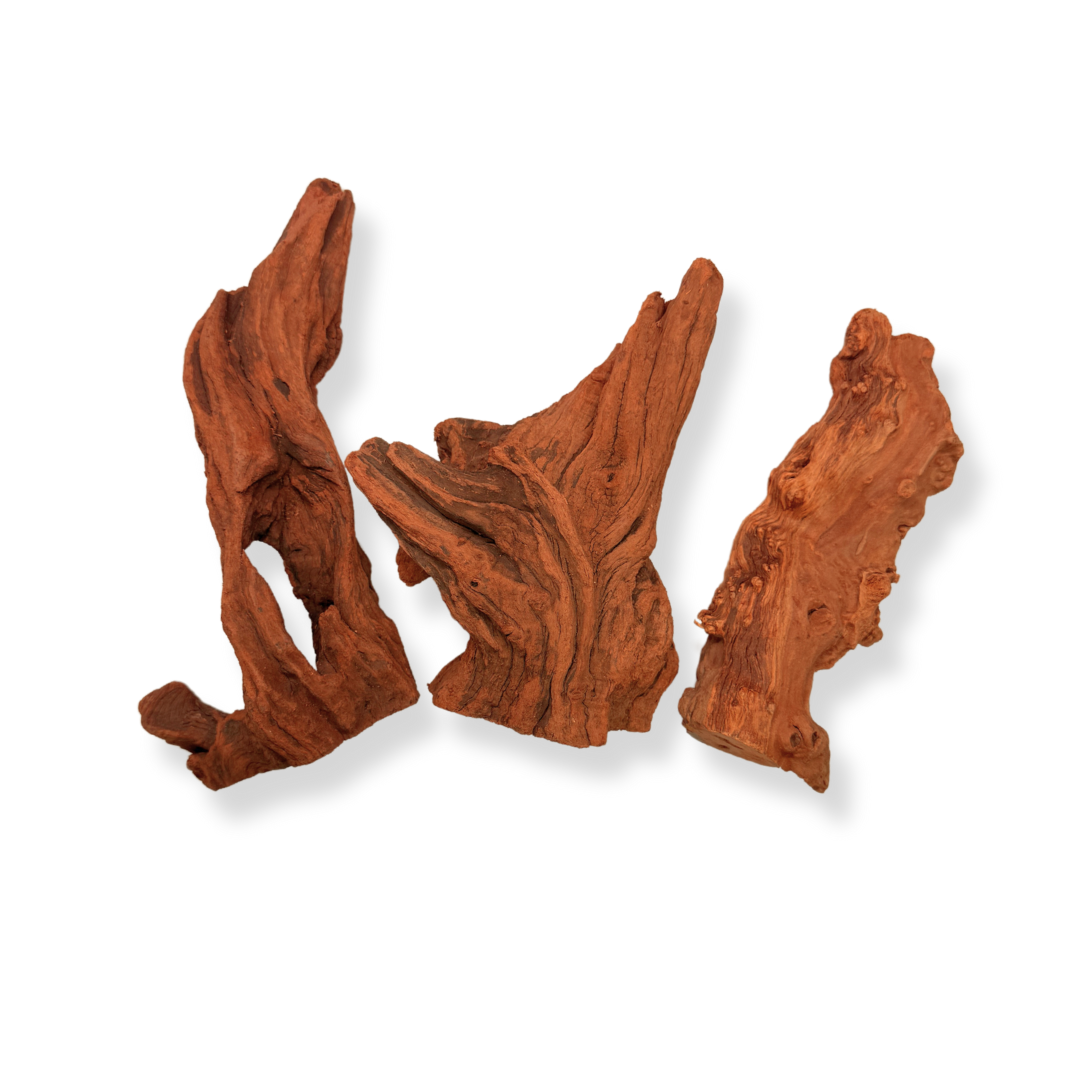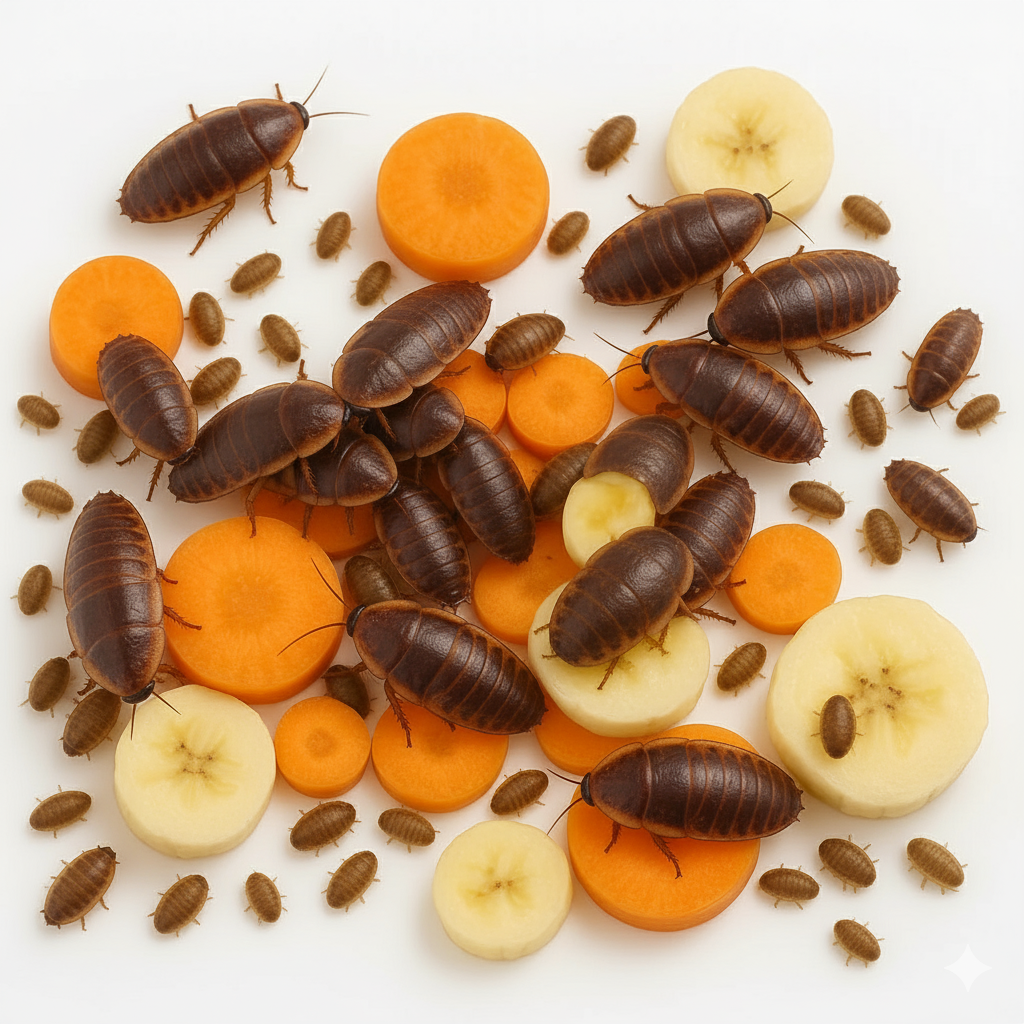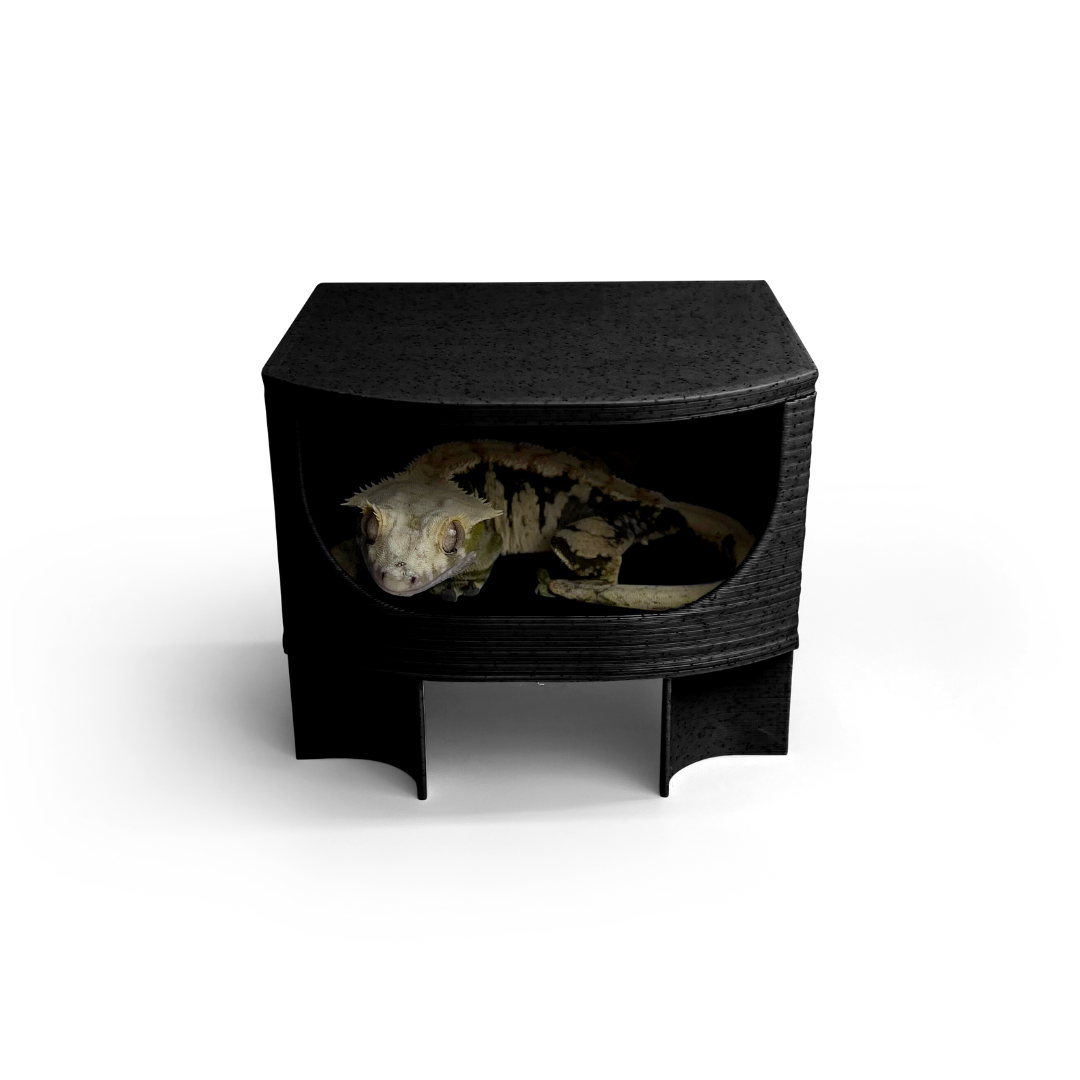Leopard geckos are generally known for their calm demeanor, making them a favorite among reptile enthusiasts. However, just like any other pet, they can experience mood swings. When your gecko is unhappy, their behavior can be a clear sign that something’s off in their environment or care routine. If you've noticed your gecko acting out, it’s important to understand what’s happening and how to address it.
In this blog, we’ll dive into three bad mood reactions you might see from your leopard gecko and how to manage them to keep your pet happy, healthy, and comfortable.
1. Tail Waving – A Warning Sign
One of the most noticeable and dramatic signs of a distressed gecko is tail waving. When your leopard gecko flicks or waves its tail back and forth, it’s usually a sign of frustration, irritation, or a defensive reaction. While this behavior can be entertaining to watch, it’s important to take it seriously.
Why It Happens:
Tail waving is often seen when your gecko feels threatened or is trying to communicate its discomfort. It may be a response to things like an overcrowded enclosure, a sudden change in temperature, or feeling scared or stressed by external factors like loud noises or even unfamiliar pets.
What to Do:
If you notice your gecko tail waving, it's time to reassess their habitat. Make sure their enclosure is quiet, calm, and free from distractions. Check their heating and lighting—sometimes incorrect temperatures can stress them out. You might also want to give them some alone time if other pets are causing them anxiety. Providing a peaceful space will allow your gecko to feel secure and less likely to lash out.
Pro Tip: Consider adding a Geckopia Triple Dish to your gecko’s setup to keep their food, water, and calcium separate. Clean and organized feeding areas can reduce stress and ensure your gecko’s nutritional needs are met!
2. Vocalizing – Not Just for Communication
Leopard geckos are generally quiet, but when they are in discomfort or feeling threatened, they may vocalize—usually through chirps or clicks. This sound is often misunderstood, as some people believe geckos only vocalize when they are mating or communicating, but it can also be a sign of irritation or distress.
Why It Happens:
Vocalization is most common when your gecko is feeling cornered, scared, or in pain. If you’ve recently made changes to their environment or if they feel stressed due to handling or rough interactions, they may vocalize to express their unhappiness. It’s also worth noting that young geckos are more likely to vocalize than adults when they feel threatened.
What to Do:
If your gecko is vocalizing, give them space and let them calm down. Avoid excessive handling during these times, and be mindful of their body language. Make sure their environment is calm and that they have plenty of hiding spots to retreat to when they feel stressed.
Pro Tip: Keep your gecko’s habitat clean and organized. A clean environment can help reduce stress, especially when paired with a Geckopia Reptile Liner for easy cleanup and maintenance.

3. Biting – The Ultimate Sign of Discomfort
Leopard geckos are not naturally aggressive, but they can bite when they are in extreme stress or fear. A gecko bite may seem alarming, but it’s usually a defensive action, not an indication of aggression. They will bite if they feel threatened or cornered.
Why It Happens:
Biting is usually the last resort for a gecko trying to defend itself. If your gecko feels threatened by handling, loud noises, or other pets in the vicinity, biting becomes a way to communicate their displeasure and self-protect.
What to Do:
To avoid biting, make sure your gecko’s environment is as stress-free as possible. Handle them gently, and avoid forcing them into situations where they feel uncomfortable. Gradually accustom them to being handled with patience. Also, ensure your gecko has enough space to roam and hide when needed. When it comes to handling, always approach your gecko slowly, never from above, as they can interpret this as a threat.
Pro Tip: Use natural decor and hiding spots in your gecko’s enclosure to help them feel secure. Items like Gecko Place and Geckopia Dig Box create a natural environment that provides both climbing and hiding spaces, reducing your gecko’s stress.
Understanding your leopard gecko's body language and behavior is essential for maintaining a happy and healthy pet. Whether it’s tail waving, vocalizing, or biting, these behaviors are clear signs that your gecko is unhappy or stressed. By making simple adjustments to their environment, you can greatly reduce these negative reactions and ensure your gecko thrives.
Ready to upgrade your gecko’s home for ultimate comfort? Check out our full range of Geckopia Essentials, including the Triple Dish for organized feeding, and Reptile Liner for easy clean-ups. Your gecko will thank you!





































































Leave a comment